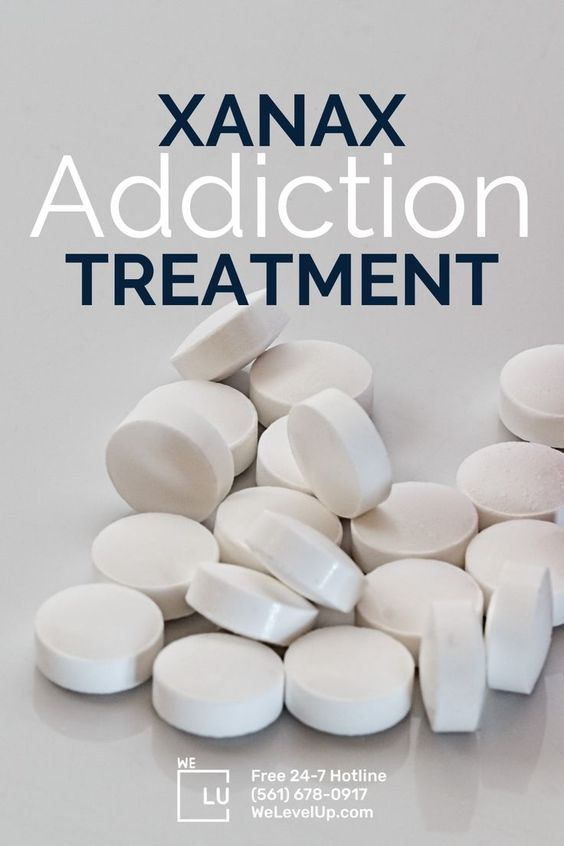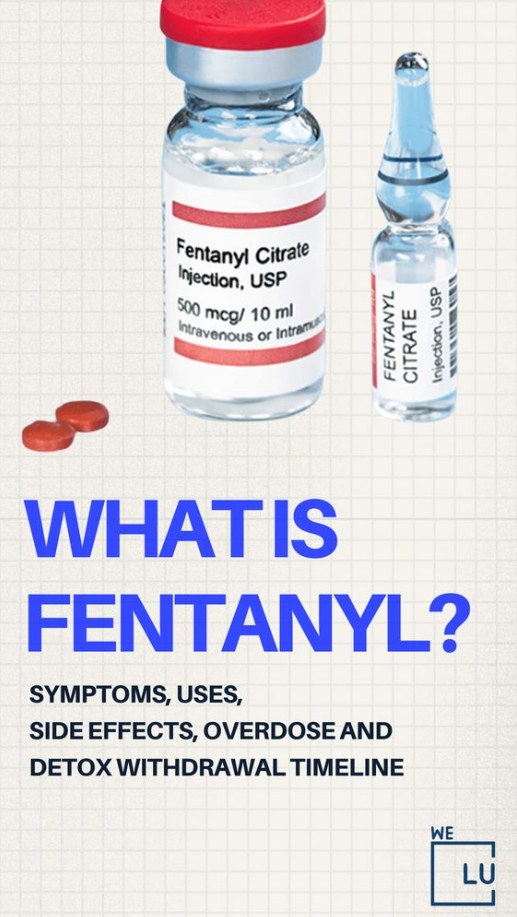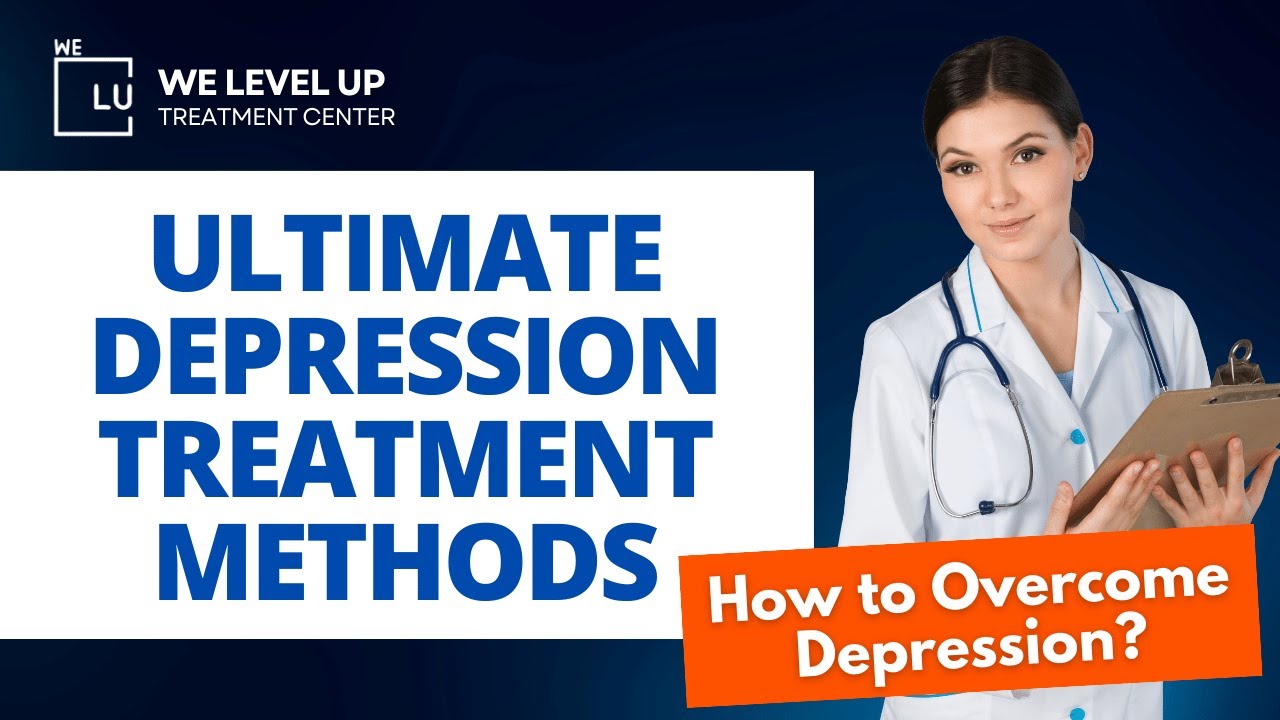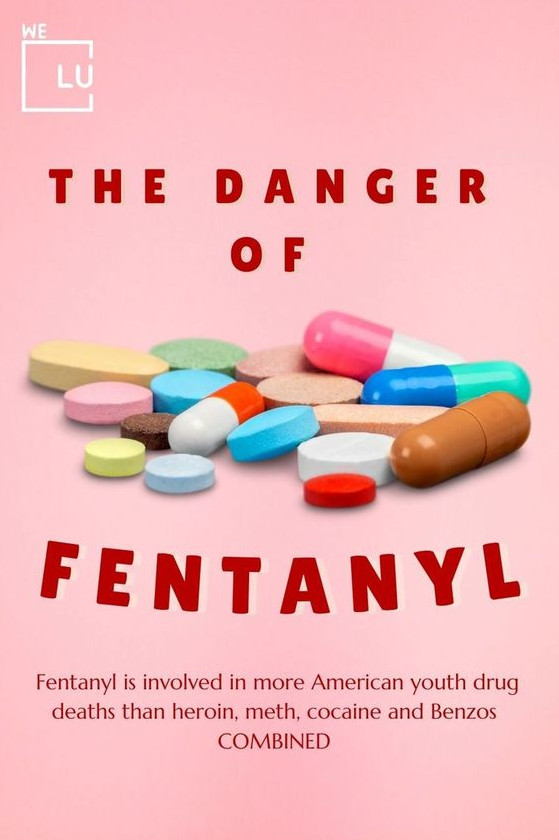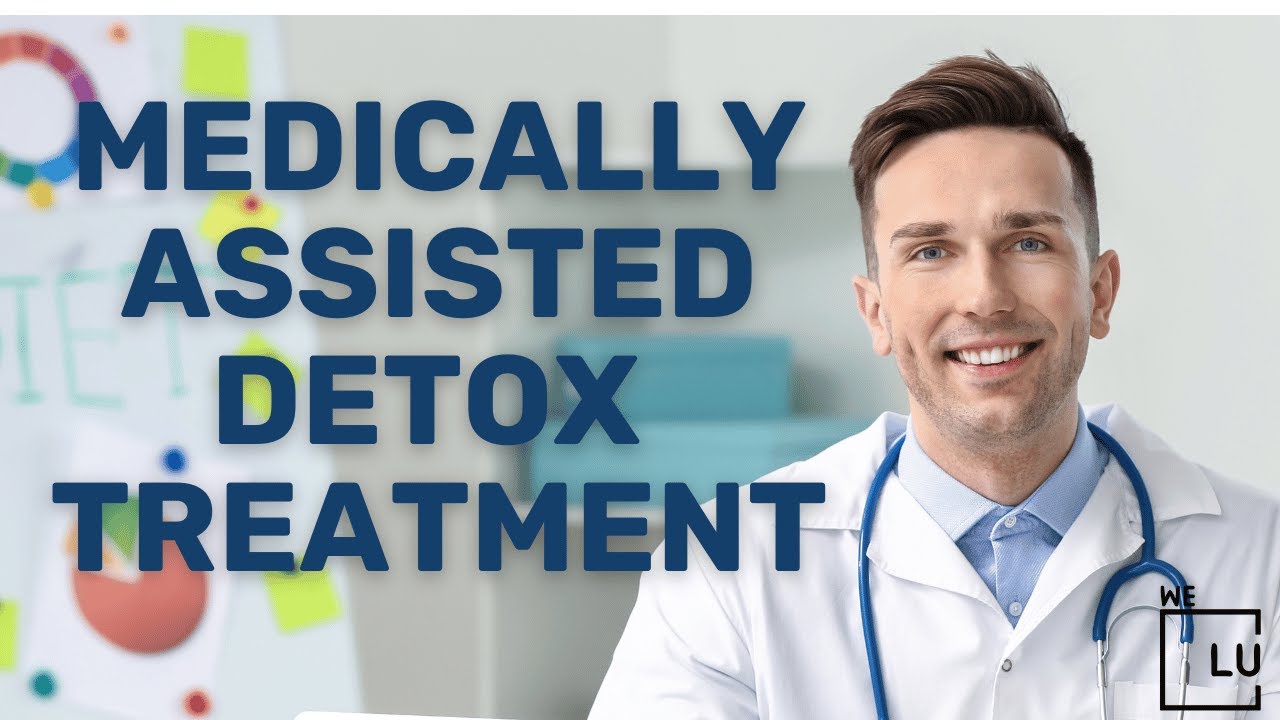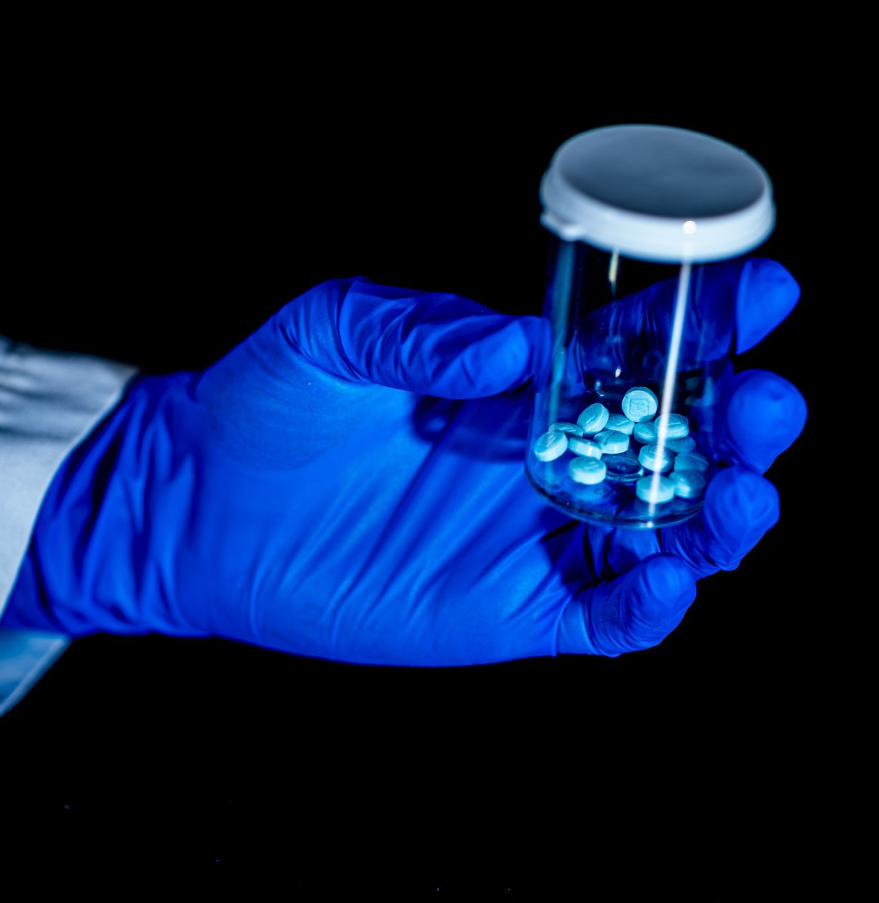What About Tramadol Side Effects?
What is Tramadol? Tramadol may be habit-forming and may cause substance use disorder, especially with prolonged use. It is important for you to take tramadol exactly as directed. Do not take more of it, take it more often, or take it in a different way than directed by your doctor. The combination of a selective serotonin reuptake inhibitor (SSRI) with tramadol can result in tramadol serotonin syndrome, characterized by neuromuscular excitation, autonomic nervous system excitation, and altered mental state.

While taking tramadol, discuss with your health care provider your pain treatment goals, length of treatment, and other ways to manage your pain.
Tell your doctor if you or anyone in your family drinks or has ever drunk large amounts of alcohol, uses or has ever used street drugs, or has overused prescription medications, or has had a drug overdose or if you have or have ever had depression or another mental illness.
The use of tramadol with serotonergic medicines can increase the risk of tramadol serotonin syndrome. To reduce the likelihood of these serious reactions occurring, your doctor should prescribe the lowest effective doses of tramadol and avoid its use in patients with a history of seizure disorders.
Tramadol is generally considered a medicinal drug with a low potential for dependence relative to morphine. Nevertheless, tramadol dependence may occur when used for prolonged periods of time (more than several weeks to months). Dependence on tramadol may occur when used within the recommended dose range of tramadol but especially when used at supra-therapeutic doses. In many individuals with tramadol dependence, a substance abuse history is found.
What is Tramadol and Serotonin Syndrome?
Serotonin syndrome is a serious condition caused by excess serotonergic activity and characterized by altered mental status and heightened neuromuscular and autonomic activity. Serotonin syndrome is commonly associated with the use of antidepressants alone or in combination with other serotonergic medications. Tramadol is an analgesic medication with partial mu agonist activity and affects serotonin and norepinephrine. Toxicity from tramadol appears to be due to monoamine uptake inhibition rather than its opioid effects. [1]
Serotonin syndrome can occur via the therapeutic use of serotonergic drugs alone, an intentional drug overdose of serotonergic drugs, or classically, as a result of a complex drug interaction between two serotonergic drugs that work by different mechanisms. A multitude of drug combinations can result in serotonin syndrome.
What are the Symptoms of Serotonin Syndrome?
Serotonin syndrome symptoms often begin hours after you take a new medication that affects your serotonin levels or after you raise your dose of a current drug. Symptoms may include:
- Confusion
- Agitation or restlessness
- Dilated pupils
- Headache
- Changes in blood pressure and/or temperature
- Nausea
- Vomiting
- Diarrhea
- Rapid heart rate
- Tremor
- Loss of muscle control or twitching muscles
- Shivering and goosebumps
- Heavy sweating
In severe cases, tramadol serotonin syndrome can be life-threatening. Call 911 or go to the emergency room if you have any of these symptoms:
- High fever
- Seizures
- Uneven heartbeat
- Passing out

How Does Tramadol Cause Serotonin Syndrome?
Medications usually cause serotonin syndrome, especially certain antidepressants. You might be at higher risk if you take two or more drugs and/or supplements that affect your serotonin levels. Selective serotonin reuptake inhibitors (SSRIs) are the most commonly prescribed class of antidepressants. They work by raising your serotonin levels. These drugs include:
- Citalopram (Celexa)
- Escitalopram (Lexapro)
- Fluoxetine (Prozac)
- Fluvoxamine (Luvox)
- Paroxetine (Paxil)
- Sertraline (Zoloft)
While SSRIs are the most commonly reported drug associated with serotonin syndrome, physicians should be aware of tramadol as a potential single-agent cause for serotonin syndrome. Tramadol is known to inhibit serotonin reuptake and may induce serotonin release at high doses.
Compared to the classical opioid analgesic morphine, tramadol is a relatively safe analgesic. Few cases of fatal poisoning due to tramadol alone have been reported in the literature. More frequent are intoxications with co-ingestion of other drugs or alcohol. Symptoms following tramadol intoxication are like those of other opioid analgesics. These include central nervous system (CNS) depression, including coma, nausea and vomiting, tachycardia, cardiovascular collapse, seizures, and respiratory depression up to respiratory arrest. Moreover, in combination with serotonergic agents (in particular, selective serotonin reuptake inhibitors and monoamine oxidase inhibitors) tramadol may induce serotonin syndrome. The hyperthermia in tramadol serotonin syndrome is potentially fatal. [2]
How is Tramadol Serotonin Syndrome Identified?
Serotonin syndrome is a diagnosis of exclusion. No single diagnostic test can confirm this syndrome. The diagnostic gold standard for serotonin syndrome is a diagnosis by a medical toxicologist. In a clinical setting, however, the suspicion of tramadol serotonin syndrome and diagnosis must occur rapidly so treatment can prevent the morbidity and mortality associated with this condition.
Therefore, a diagnosis of serotonin syndrome is entirely clinical and is based on the history and physical examination along with the history of the patient’s use of a serotonergic drug. Important components of the history include prescription drug use, over-the-counter medication, and dietary supplement use, illicit substance use, any recent changes in dosing, or the addition of new drugs to a drug regimen. The onset and description of symptoms and the presence of any comorbidities are of utmost importance. [3]
Certain comorbidities, such as depression and chronic pain, may alert the clinician to the use of drugs that can precipitate serotonin syndrome. Also, a higher incidence of tramadol serotonin syndrome has been reported in patients with end-stage renal disease who are on selective serotonin reuptake inhibitors (SSRIs) and hemodialysis. These patients are prone to developing serotonin toxicity, suggesting that this increased toxicity could be related to a decrease in renal functioning. An integral part of the physical examination for diagnosing serotonin syndrome is the neurological examination.
How to Avoid Tramadol-Induced Serotonin Syndrome & Tramadol Abuse?
People taking tramadol should report any side effects to their doctor. By discussing the benefits and risks of the medication, a doctor can help a person find the most appropriate medicine at the lowest effective dosage. Severe allergic reactions require emergency medical attention. Anyone having difficulty breathing or experiencing any symptoms of tramadol serotonin syndrome must seek immediate medical care.
To reduce the likelihood of serotonin syndrome occurring, avoid co-prescribing tramadol with the medicines listed in Table 1, if possible. Tramadol is contraindicated in patients who are taking monoamine oxidase inhibitors or who have taken them within the last 14 days. Prescribers also need to be aware that co-prescription of tramadol with tricyclic antidepressants, selective serotonin reuptake inhibitors, and antipsychotics can lower the seizure threshold. Prescribers should bear in mind the potential risks of tramadol serotonin syndrome and seizures when making a clinical decision to use tramadol.
Table 1. Agents Causing Serotonin Syndrome
- Antidepressants – mirtazapine, monoamine oxidase inhibitors (including moclobemide), SSRIs, tricyclics, venlafaxine
- Antiparkinson agents – amantadine, bromocriptine, carbergoline, levodopa, pergolide, selegiline
- Illicit drugs – cocaine, hallucinogenic amphetamines such as MDMA (ecstasy), LSD, etc.
- Migraine therapy – dihydroergotamine, naratriptan, sumatriptan, zolmitriptan
- Other agents – bupropion, carbamazepine, lithium, morphine, pethidine, reserpine, sibutramine, St. John’s wort, tramadol
Although it has a low potential for dependence, the Drug Enforcement Administration (DEA) controls the distribution of tramadol. Rarely, seizures occur at therapeutic doses of tramadol. Seizures appear to be mainly associated with doses exceeding the maximum recommended dose of 400 mg per day. Seizure risks of up to 54% of cases (overdose or abuse) have been found and in some studies, the risk was related to the dose of tramadol ingested. Recurrent seizures are not common, and the usual outcome is full recovery. ECG parameters were not predictive for seizures. Symptoms of seizures after tramadol ingestion have also been reported in infants.
Tramadol abuse may occur. Withdrawal reactions include restlessness, agitation, anxiety, sweating, insomnia, hyperkinesia, tremor, paresthesias, and gastrointestinal symptoms, like opioid withdrawal symptoms.
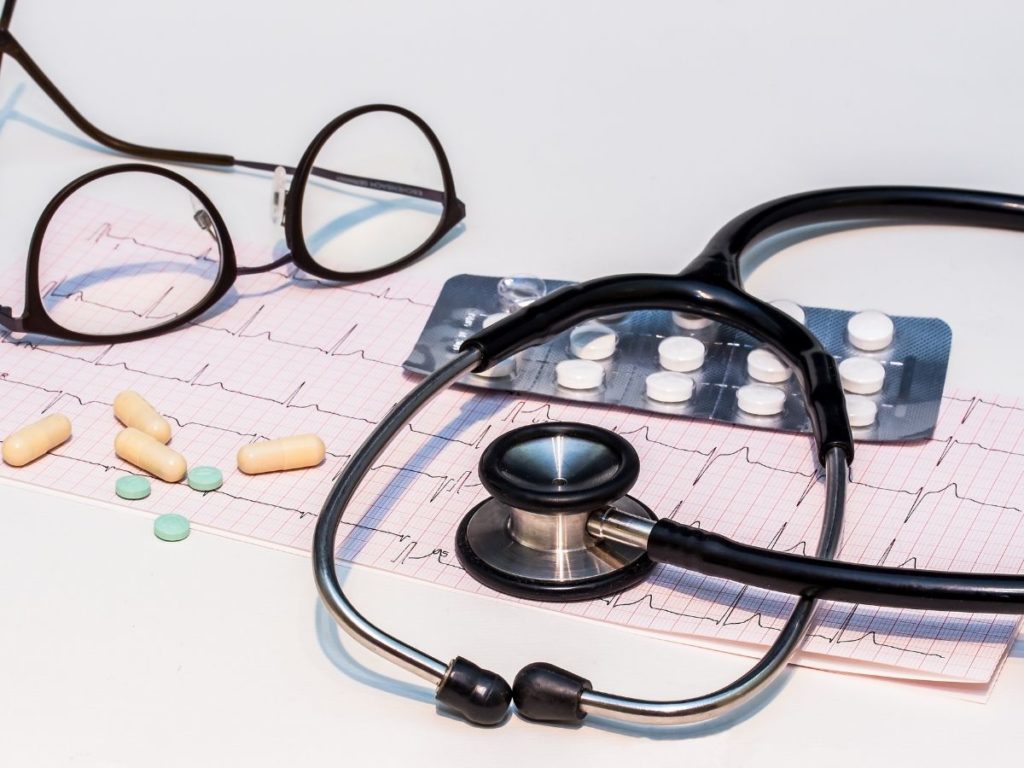
Tramadol addiction is a complex issue that requires long-term treatment – not a quick fix. The first step in overcoming addiction is to seek help from your medical provider or a trained professional. Clearing prescription drugs from the body and overcoming withdrawal symptoms is the goal of detox, which is the first step of treatment for prescription drug addiction.
If you are addicted to drugs, your very first step in recovery should be to medical detox in a safe and medically supervised setting. We Level Up TX detox center medically assist clients to clear their systems of addictive substances.
For anyone who suffers from addiction and tramadol serotonin syndrome, just the thought of having to stop using can cause severe mental distress. Given that, the medical detox process is managed with the help of a medical detox center. A comprehensive team prescribing medications can alleviate your withdrawal pains while monitoring your health 24 hours. Assuring both your safety and comfort.
We Level Up Texas prescription drugs addiction treatment tailors the program to the individual and the individual to the program of recovery. We begin by assessing our client’s history of mental health, drugs, and alcohol-related past. The needs of each patient are specific and personalized, as we aim to provide comprehensive support for mental health, addiction, and dual diagnosis treatment.
Clients at We Level Up Texas residential rehab programs will live comfortably within the facility during this crucial and fragile time. This supportive environment is designed to give clients 24-hour care for sobriety, removing temptations for relapse and applying an air of recovery into every component of the treatment timeline. We Level Up TX treatment center, we find that when patients are living in a supportive community, especially during their early recovery process, they can truly focus on what matters most: their recovery.
Make this your opportunity to reclaim your life. Call today to speak with one of our treatment specialists.
Sources:
[1] Serotonin Syndrome Associated With Tramadol – National Center for Biotechnology Information, U.S. National Library of Medicine
[2] Tramadol – World Health Organizations
[3] Tramadol and Serotonin Syndrome – National Center for Biotechnology Information, U.S. National Library of Medicine
